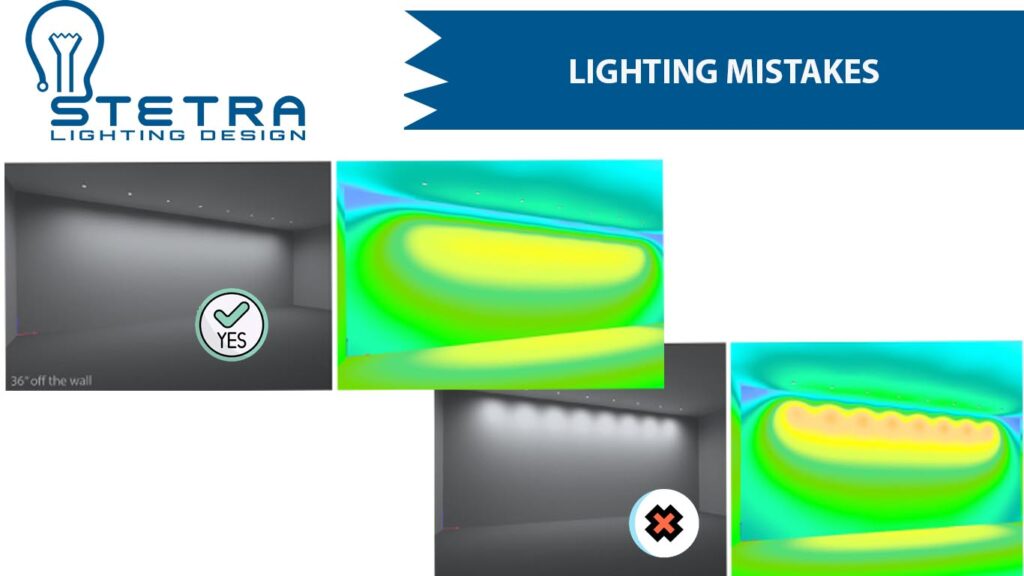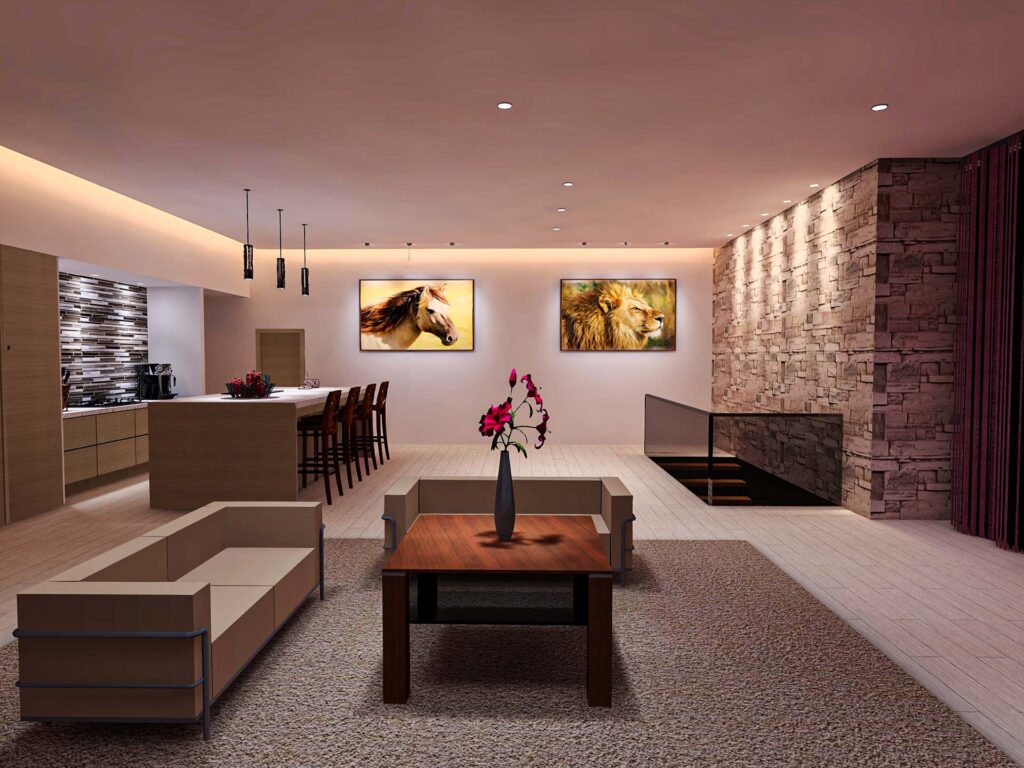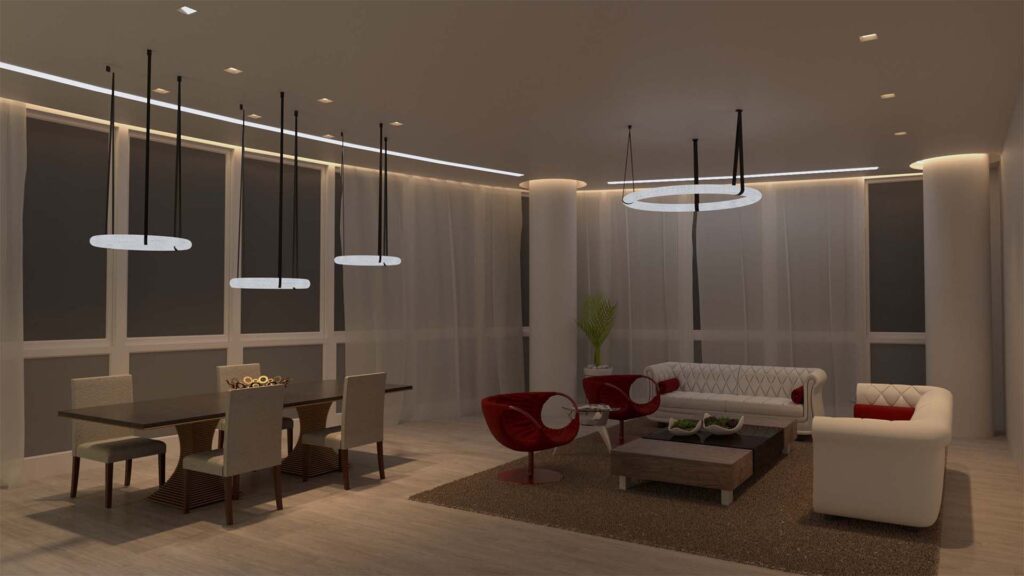Lighting design is a crucial element in enhancing the functionality, aesthetics, and ambiance of any space. However, even with the best intentions, there are common mistakes that can compromise the effectiveness and impact of your lighting design. By being aware of these mistakes and avoiding them, you can create well-lit spaces that truly shine.

Insufficient Lighting
One of the most common mistakes is not providing enough lighting for a space. Inadequate lighting can lead to dark and uninviting environments, making tasks more challenging and reducing overall comfort. It is essential to carefully assess the lighting needs of each area and ensure that there are enough light sources to achieve the desired level of illumination.
Poorly Balanced Lighting
Balancing lighting is key to creating a visually appealing and functional space. A mistake often made is relying solely on one type of lighting, such as overhead fixtures or task lighting, while neglecting other areas. To avoid this, incorporate a combination of ambient, task, and accent lighting to create layers of light that provide adequate illumination and enhance the overall aesthetics.

Ignoring Color Temperature
Color temperature refers to the warmth or coolness of light, and it greatly impacts the atmosphere and mood of a space. A common mistake is disregarding the color temperature and using the same lighting throughout different areas. For instance, using cool white light in a cozy living room can create a harsh and unwelcoming environment. It is essential to consider the function and desired ambiance of each space and choose the appropriate color temperature accordingly.
Inadequate Lighting Controls
Neglecting proper lighting controls can result in inflexible and inefficient lighting designs. Lack of dimmers, timers, or occupancy sensors can lead to wasted energy and discomfort. Incorporating lighting controls allows for flexibility in adjusting lighting levels based on needs, saving energy, and creating a more user-friendly environment.
Improper Placement of Lighting Fixtures
The placement of lighting fixtures greatly influences the effectiveness of the lighting design. Common mistakes include improper spacing, uneven distribution, or placing fixtures in locations that cast shadows or create glare. To avoid these errors, carefully plan the placement of fixtures, consider the specific requirements of each area, and ensure that the lighting is evenly distributed to avoid inconsistencies.
A common mistake with placing the wall washer light
The most common mistake is placing the wall washer very near the wall which can result in not even distribution of the light on the wall. To correct this mistake make sure you are giving enough space between the light and the wall. Bellow image is showing the best practices so visually can see that 30 to 36″ of the wall is the safe spacing for placing the wall washer light.

Neglecting Light Layering and Focal Points
Lighting design should incorporate layers and focal points to create visual interest and highlight specific areas or objects. A common mistake is overlooking the importance of layering, relying only on general lighting without incorporating task or accent lighting. Additionally, failing to create focal points can result in a visually flat and uninspiring space. Consider using lighting to draw attention to architectural features, artwork, or focal points to add depth and character to the design.

Avoiding common lighting design mistakes is essential to creating well-lit spaces that are functional, aesthetically pleasing, and comfortable. Achieve a successful lighting design by ensuring sufficient lighting, balancing different lighting types, considering color temperature, incorporating lighting controls, and embracing light layering and focal points. Enhance the overall appeal and functionality of any space with these essential techniques. Remember, thoughtful planning and attention to detail are key to avoiding these common mistakes and creating exceptional lighting designs.
